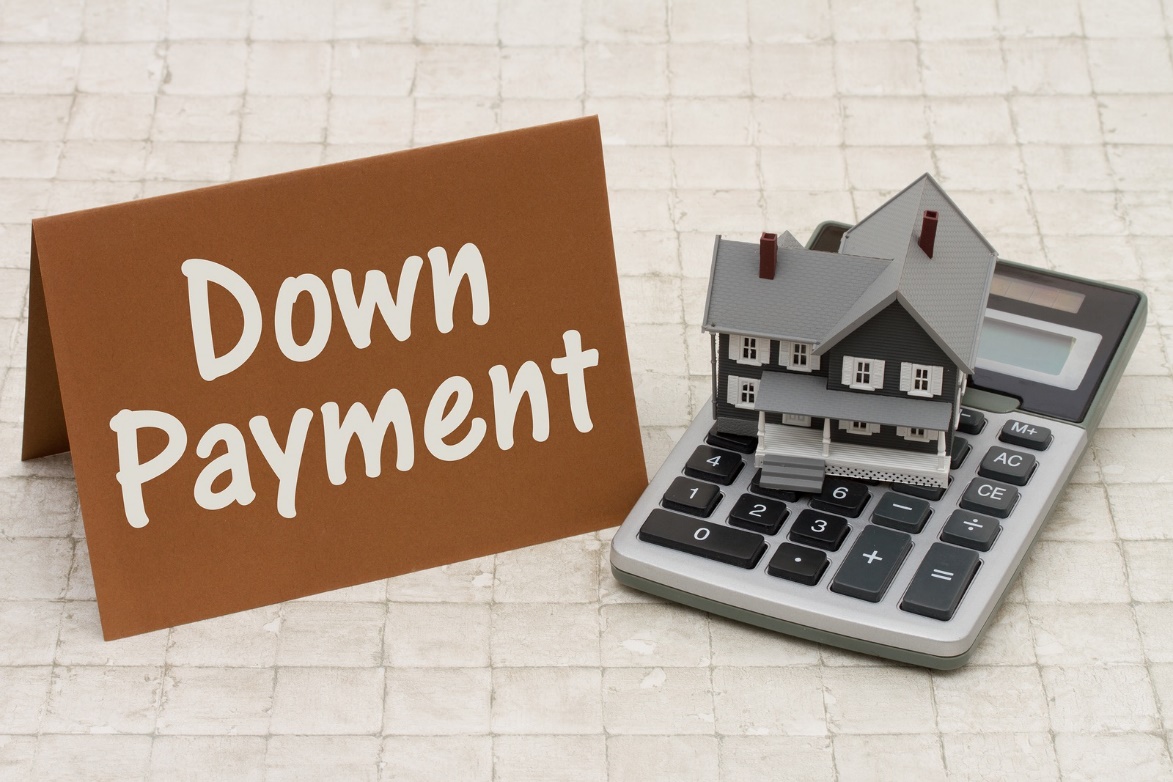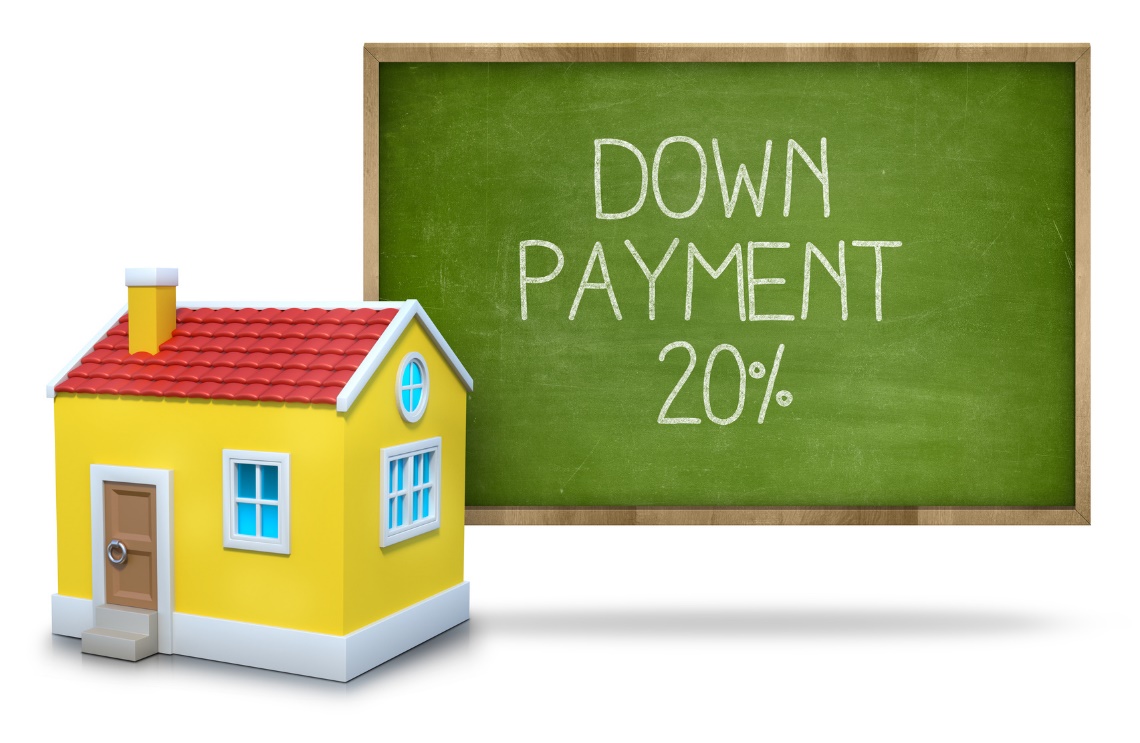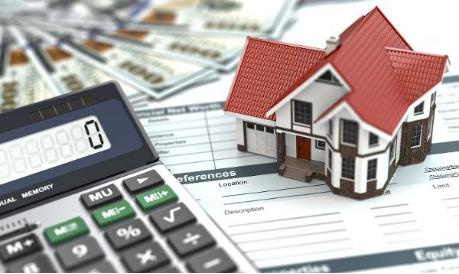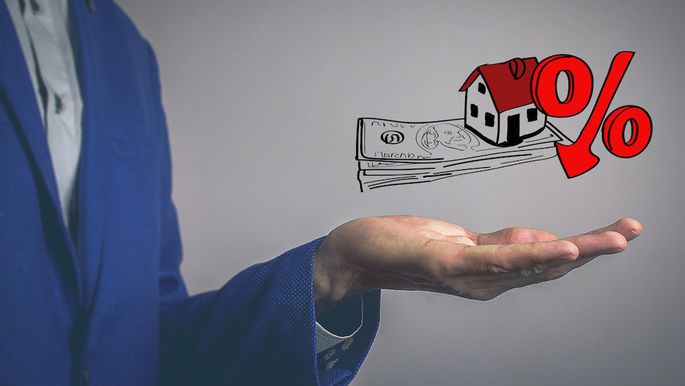For a first-time buyer, you lined up everything for your first house. You got enough cash on hand, all your papers are good to go, but you know how much do you need for a down payment?
To further explain, down payment is the first major step in getting a house or a property. It is the upfront payment that you need to settle for getting a home loan and it is deducted from your total mortgage amount. It is also a representation of your beginning equity in your first property.
Down Payment Rates

©Michael Schuster
Most lenders generally like 20 percent down payments for a property. There are bunch of benefits that rides along by paying a fifth of the property’s worth but this doesn’t mean that this is your only option.
There are few properties that could get at least 3 percent down payment which looks better than a higher upfront settlement. However, there are few things you need to know how down payment affects your loan.
FHA or the Federal Housing Administration focuses on first-time buyers to get approved in their mortgage. This government agency assists by guaranteeing a portion of the loan balance which means less upfront money for you.

©homes.com
Fannie Mae and Freddie Mac, a government-sponsored enterprise or GSE also helps buyers to get 3 percent down payments on home loans. Aside from this, there are major commercial lenders that offer low down payment. If you shop enough, you might get a lender that can get you a property with no down payment at all.

©usmoneynews.com
If you live in a rural area or you’re either a retired or an active service member, you might also get into programs that can provide assistance with your housing. Programs that offer no down payments through the Department of Veterans Affairs or Department of Agriculture’s Rural Development program. To find out more suitable options, you can talk with your lending officer and they’ll definitely give you some.
Difference Between Down Payments

©citywidehomeloans
Judging from the figures, 20 percent to zero down payment gives a huge difference, but what does it mean exactly? If you got a deal with a lower down payment, you will be considered a big risk from the lender’s perspective.
This is the reason why government programs provide additional help and pay a portion of the down payment to guarantee lender for your mortgage. However, a mortgage insurance will kick in and will be included in your monthly payment.

©theStreet
Other programs may not ask for a mortgage insurance but you might hear from them the term “upfront guarantee fee” or sometimes called “funding fee.” The biggest catch here is, you’re being considered as a high risk because of your low down payment, you’ll most likely get a higher interest rate in addition to other fees that may occur.
Experts recommend thinking about all of the possible options and might be best to shop around to give you the flexibility and for you to compare other deals. This might help you since lenders are required to discuss all included fees.

©Realtor.com
Going with the lowest upfront might not the best option in the long run. It really is tempting to go with the 3 percent rather than 20. However, down payment is only the first part of your journey and you’ll live along longer with the monthly payments involved in your purchase, so think wisely.
Cover Photo Credits: Souqalmal

